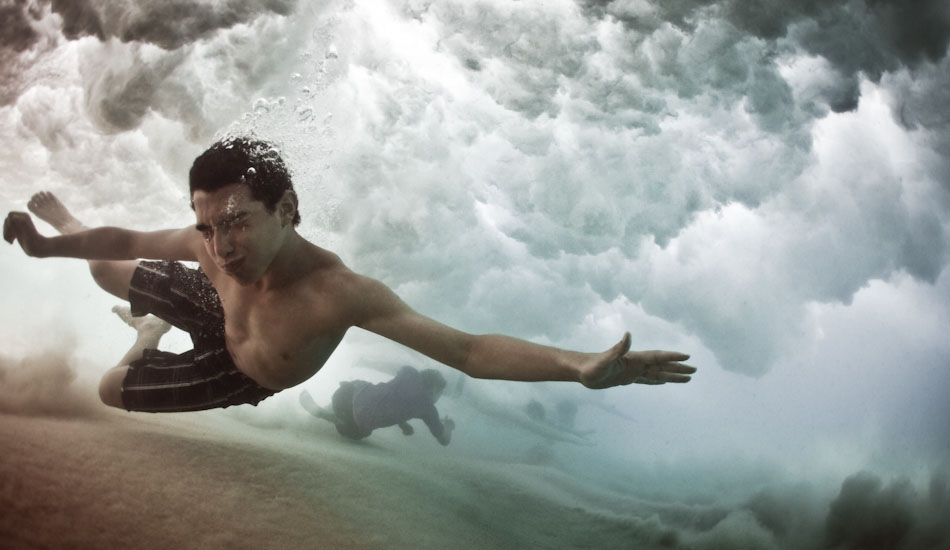Don’t forget the basics! Even if you’re the most seasoned surfer who’s in great shape, working on the foundation is never a bad idea. Here are three examples of surf specific areas we focus on at Extreme Athletics to build a strong base.

Try squats on an Indo Board. It might not be easy, but it will get easier.
1. Core
We’re not talking about getting a six pack. If that’s your only goal, then cutting fat through diet and aerobic exercise is what you want to do. When it comes to surfing, a strong core means building up stabilizing muscles in the hip and lumbar area. Properly training your core enhances balance and movement patterns to dial up the power when you’re ready. It can also help prevent falls and injuries that might keep you from surfing completely. Also, surfing is not a static sport, so although it pains me to say it, because I do appreciate plank holds and wall-sits, we need to take a little more dynamic approach. Instead of static holds, try doing squats with a rotation holding light weights while standing on an unsteady surface like an Indo board to key in on what you want.

Build it up. You’ll need it. Photo: Mark Tipple.
2. Lung Capacity
This is for everyone. Don’t think just because you’re not paddling out at Jaws you’re immune. Surfing is an anaerobic (without oxygen) and aerobic (with oxygen) sport and it’s important to be able to perform under both conditions. Face it, every time we duck-dive or take a beating under water, we still need to come up and keep going. Having a lack of oxygen has been linked to increased anxiety, which can wreak havoc on performance as well as fatiguing your muscles faster. To increase your lung capacity, put it under the same stresses as surfing by performing short bursts of exercise while holding your breath. For example, we help our athletes with this by having them hold their breath in between interval sets. It develops the body’s ability to recover faster and stay calm even with a lack of oxygen.

Tabata renegade rows.
3. Endurance
This is another area that’s unique to surfing. For most other sports, endurance training has a high emphasis on running or lower body endurance; it’s not that running isn’t a good cross-training choice, it’s just not the best choice. We’re not running out to the line-up and into waves, we’re paddling. Developing fatigue resistant muscles in the back, shoulders, and upper arms should be the focus. This is also a great time to work on creating healthy shoulder joints. Many people think swimming is going to be the best choice here, but with all the shoulder injuries I’ve seen over the years of training surfers, almost all of them can be linked back to over-used muscles that internally rotate the shoulder without creating strength or stability around the joint. So instead of hitting the pool, try a Tabata interval set of renegade rows. It will develop the endurance you’re looking for while focusing on muscles that help fight against common shoulder issues. For renegade rows, hold two dumbbells and get into a push-up position. From there, simply alternate a single arm rowing motion, bringing your elbow to your side while retracting your shoulder blade.
*Tabata protocol – 8 rounds of a 20/10 interval spilt. 20 seconds of high intensity exercise followed by 10 seconds of rest.

